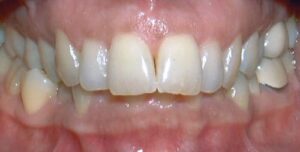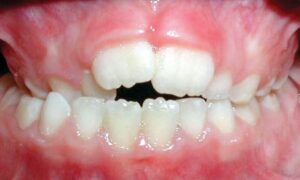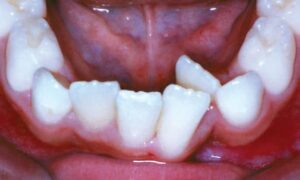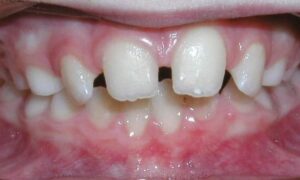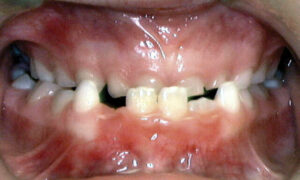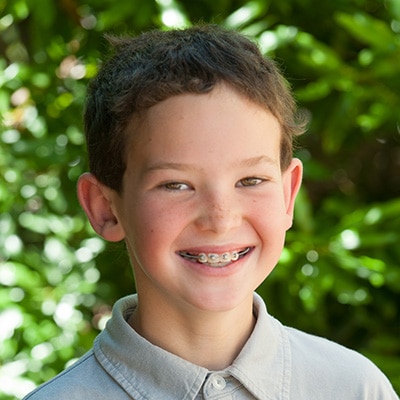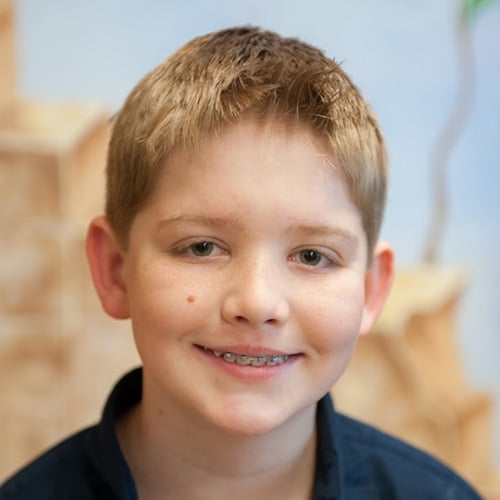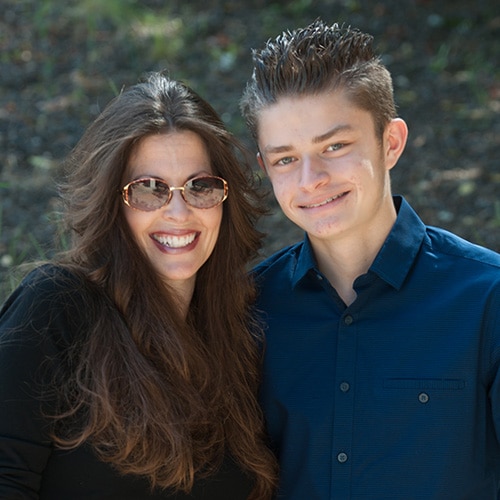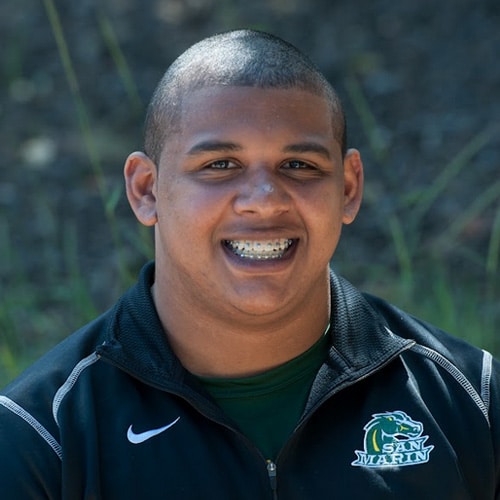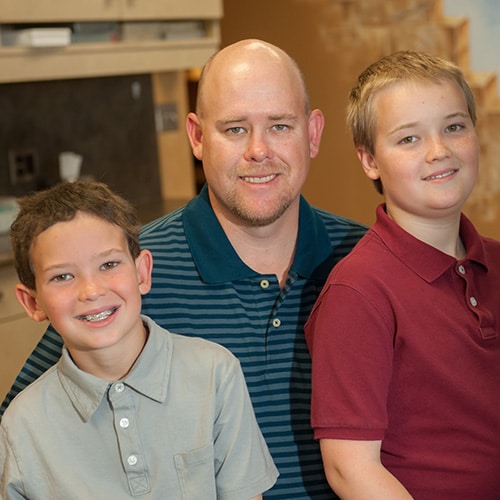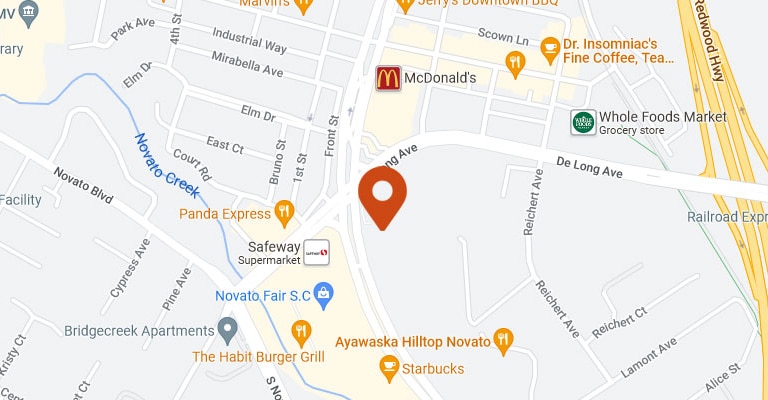Early Treatment
Did you know?… All children should be seen by an orthodontist at age 7
Dr. Don and Dr. Kim’s Treatment Philosophy for Kids: Use the least amount of intervention necessary to achieve the best outcome. The American Association of Orthodontists recommends that all children have an orthodontic screening no later than age 7, or earlier if there are indications of a problem. A timely screening can lead to significant benefits, including
- Regulation of the width of the upper and lower dental arches
- Gaining space for permanent teeth to erupt properly
- Avoiding the need for extractions of permanent teeth
- Reducing the chance of impacted permanent teeth and root damage
- Correcting thumb-sucking and other habits that can cause tooth and jaw problems
- Eliminating abnormal swallowing or speech problems
- Less involved treatment
- Monitoring your child’s dental and skeletal development
Watch this video below to better understand bite problems seen in children, and why they should have an orthodontic consultation at age 7.

Below are some examples of the most common orthodontic problems that we want to treat at a young age.
Upper Front Teeth Protrusion
The appearance and function of your teeth are impacted by this type of bite. It is characterized by the upper teeth extending too far forward or the lower teeth not extending far enough forward. There is also a risk of trauma while playing games or sports. This can be treated at a young age. We want to see all children for an orthodontic examination by age 7.
Overbite
The upper front teeth extend out over the lower front teeth, sometimes causing the lower front teeth to bite into the roof of the mouth. This can limit potential jaw growth and needs to be treated at a young age. We want to see all children for an orthodontic examination by age 7.
Crossbite
The upper teeth sit inside the lower teeth, which may cause asymmetric jaw growth. This can cause unwanted jaw growth and needs to be treated at a young age. We want to see all children for an orthodontic examination by age 7.
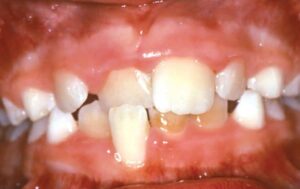
Openbite
Proper chewing is impacted by this type of bite, in which the upper and lower front teeth do not overlap. This should be treated at a young age since it may cause unwanted habits, such as tongue thrusting. We want to see all children for an orthodontic examination by age 7.
Crowding
Crowding occurs when teeth have insufficient room to erupt from the gum. Crowding can often be corrected by expansion, and many times, tooth removal can be avoided, especially if seen at a young age. We want to see all children for an orthodontic examination by age 7.
Spacing
Spacing problems may be caused by missing teeth, can cause problems with the gums, or may be a cosmetic issue.
Underbite
In an underbite, the lower jaw extends out, causing the lower front teeth to sit in front of the upper front teeth. This can cause unwanted jaw growth and needs to be treated at a young age. We want to see all children for an orthodontic examination by age 7.
Treatment for children may be split into two phases. The goal of the first phase of treatment is to save space in the dental arches for all permanent teeth to erupt and to ensure that the upper and lower jaws relate properly to each other. The type of treatment your child will need will be determined by his or her orthodontic problem.
Between the first and second phases of treatment, retainers are used to maintain the results and reduce relapse. During the rest period, we will continue to monitor the eruption of the permanent teeth. At this stage, there are as many as 16 permanent teeth that have not come in, making your child’s “check eruption” appointments extremely important.
The goal of the second phase of treatment is teeth straightening of the permanent teeth and establishing an optimal bite. The second phase of orthodontic treatment normally involves the use of dental braces or Invisalign. Regardless of the type of orthodontic treatments that are necessary to ensure a healthy smile for your child, Dr. Don and Dr. Kim will work with you and make sure that both you and your child understand every step of orthodontic treatment.
Contact us to schedule a complimentary examination. You’ll enter smiling and leave laughing when you have an appointment with Dr. Don, Dr. Kim, and their caring, fun-loving team.


